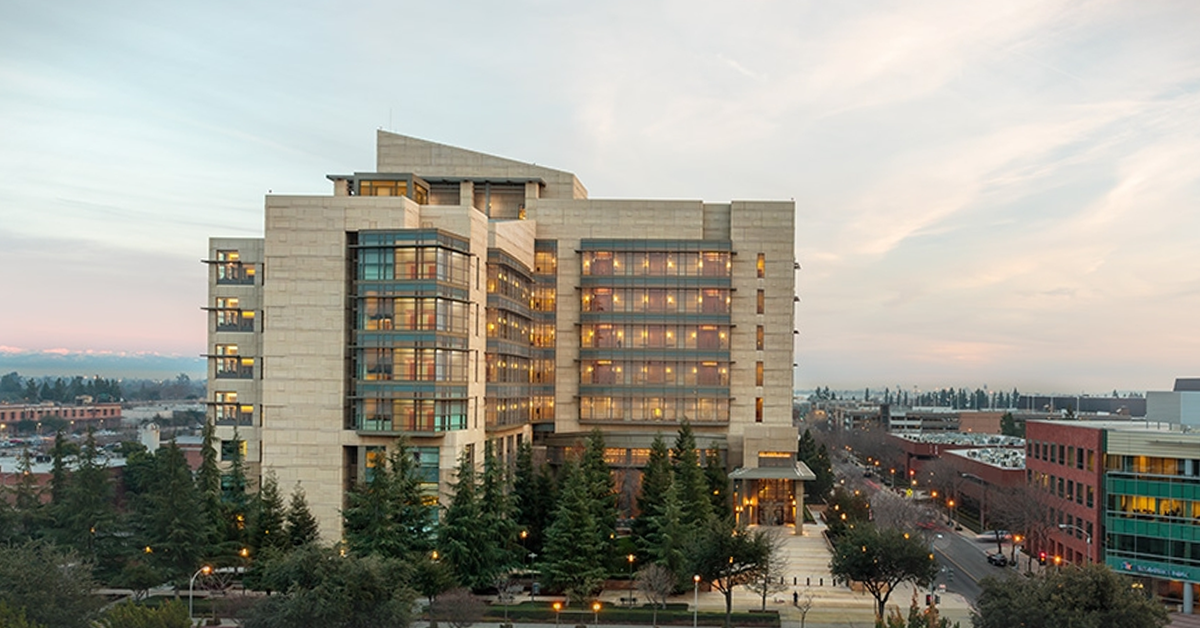WE KNOW POWER WHEN WE SEE IT
The report asks three simple questions:
Who has power in Fresno?
How is that power used?
How could that power be affected?
This is followed in the report by a color photo of a large yellow sign next to a dry irrigation ditch. In the background is some of the richest farmland in the world, all of it parched and barren.
Big black letters on the sign say: “Congress Created Dust Bowl.”
Some farmer was exercising his First Amendment right to free speech. But, as Evans acknowledged, the farmer’s message is not the message he’s trying to convey in his choice of photos.
The next page is perhaps the most revealing in the report.
It’s a line graph titled “Elected Officials.”
The vertical line lists six variables reflecting levels of power.
“Not on radar” is at the bottom. Next up is “Can get attention.”
The others as we move up the line are “Taken into account,” “Power to have major influence on decision making,” “Active participant in decision making” and (at the very top, where any red-blooded American wants to be) “Decisive decision-making power or influence.”
The horizontal line is divided into two halves, to reflect the two major political parties. Democrats are on the left half, Republicans are on the right.
A dotted line runs down the center, indicating the middle of the road, the true centrist position.
The variables on the Democrats’ half of the horizontal line are “Die hard,” “Active support” and “Inclined toward”, the last one being closest to the center line.
The same variables on the Republicans’ side begin with “Inclined toward” and proceed toward the edge of the paper with “Active support” and “Die hard.”
You get the picture.
If the county Board of Supervisors were chock full of Barack Obamas, it would land in the graph’s upper left corner – a die hard progressive body with decisive decision-making power.
If Ronald Reagan were Fresno’s mayor, he would land in the graph’s upper right corner – a die hard conservative with big-time influence.
Evans’ graph has 14 small boxes, each with the name of an elected official or legislative body.
The 14 are: Assembly Members Henry T. Perea (D), Jim Costa (D) and Jim Patterson (R); state Senators Andy Vidak (R), Tom Berryhill (R) and Anthony Cannella (R); Congressmen Devin Nunes (R), Tom McClintock (R) and David Valadao (R); Fresno’s mayor; the Board of Supervisors; the Fresno City Council; the Clovis City Council; small town city councils.
All but Perea and Costa are on the Republican side. Patterson, Berryhill, McClintock, Nunes and the Board of Supervisors are “die hards.”
Perea and Costa straddle the center line. In Evans’ view, none of the 14 could get 100% into the Democratic Party’s “Inclined toward” territory, let alone the “Die hard” spot.
The “Issues” page is interesting, as well.
It, too, is a line graph with the same variables for the horizontal and vertical lines.
The “Social & Economic Justice Agenda” is on the left (Democrat) side of the center line. The “Political & Economic Elite Agenda” is on the right (Republican) side.
There are 12 Progressive issues, each in a green box.
Ten of the 12 are on the Democrat side: Living wage, environment, health access, hunger/nutrition, workers’ rights, immigrant rights, transportation, women’s reproductive rights, police accountability and homelessness.
“Jobs” straddles the center line. “Air quality,” listed as a Democrat issue, finds itself on the Republican side (barely).
And what key Valley issues fall on the Republican – i.e. “Political & Economic Elite” — side of the center line? Just four: Water, land use, privatization and criminal justice/incarceration.
Each in a red box, of course.








